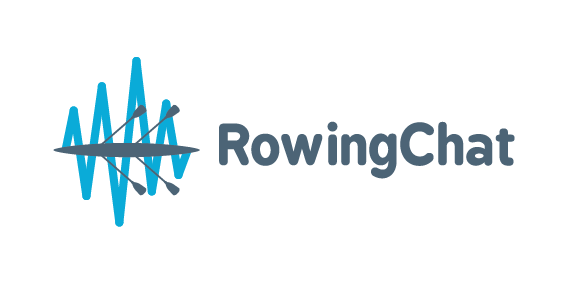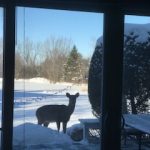Masters Rowing transitioning out of winter
Marlene Royle is a welcome return guest on RowingChat today with a talk focused on how to transition out of winter training and back onto the water for the summer.
Timestamps for Marlene Royle RowingChat
01:00 Introductions and personal background in rowing
05:00 Transitioning off the erg. Ergometer training is a linear world. Water rowing is a circular world
07:00 Fatigue level – rowing with good form. Posture, Power application, good technique, focus through hips and glutes. Limited time on the water. Avoid fatigue.
10:00 Low intensity rowing – short outings, Focus on drills. Release and Feather Drills, Red flag. Pause Drills arms and body away.
15:00 Short sets and very high quality rowing. Delayed feather drill.
19:00 He who has the better recovery wins. Ergo finishes in the boat act as a brake. Rowing feet out drill.
24:00 Benefits of dynamic egos – less tendency to be long at the finish
25:00 Lose fitness as you transition back onto the water. pre-competition phase of training programme. Light speed work, Do fitness on the erg, do technique on the water.
29:00 Flexibility and stretching are important. Hip flexibility. Last 500 Machine = The Rack!
35:00 Work in combination – high quality technique. Get lessons or go on a Training Camp. Get Coaching
40:00 moving back onto the water after injury
44:00 Stability and “The Diamond Frame”
49:00 Kettlebells for rowing training started in 1700s from Russia. Pavel Tsatsouline popularised them. Efficient, Economical, Effective training tools.
54:00 Masters suffer from “glute amnesia”. Kettlebell swings stimulate the glutes. Read this book Enter the Kettlebell. And Joe de Leo’s instructional video
Watch RowingChat Faster Masters transitioning onto the water
Listen to RowingChat Faster Masters with Marlene Royle Transitioning out of Winter
-
[…] The best I can do is the Marlene Royle “Transitioning out of Winter” RowingChat discussion. […]
Leave a Comment




Greetings.
As a master rower you’ve probably been rowing for years. If winter puts you on the erg I recommend the following:
1. Do an erg session every day, before breakfast.
2. Each session to be 30minutes at least, with 15 or more minutes of sweat. Perhaps do intervals.
3. Continue the rhythm of your boat work. Rate at 26+ spm, 1:1 in/out ratio. 2 breaths per stroke (out at catch and release), elbows out at the release, hands to the ;lap not the chest,
Boat things like feathering, squaring, and balance should not be forgotten over winter..
In this regard I suggest fitting 30mm blocks under your heels,on the erg and boat, so that your heels are in constant contact. This will assist balance and reduce some muscle work. And wear a cap – mounted mirror so that you don’t need to turn your head much to see ahead.
I cannot see the value of doing drills. How can you learn ‘A” by doing “B” ? If you want to change your stroke make the change while continuing your established rhythm. And “Pause” is a NONO!! in rowing. You need rhythm at a fairly high rate, with plyometrics and rebound , both on the erg and in the boat. Some things will always be different with erg and boat, but not the rhythm if you try.
Have fun!
While doing your ergo, tap down at the end of every stroke and lift the handle just before you start your leg drive. This will help maintain the habit of tapping down before feathering and placing the blade in the water the instant before you start the stroke. I find that a piece of tape placed on the vertical straight side of the gap where the chain comes out of the cage is an excellent cue: keep the chain above the tape during the stroke and below the tape during the recovery and you’ll be cured of feathering the blade without tapping down.